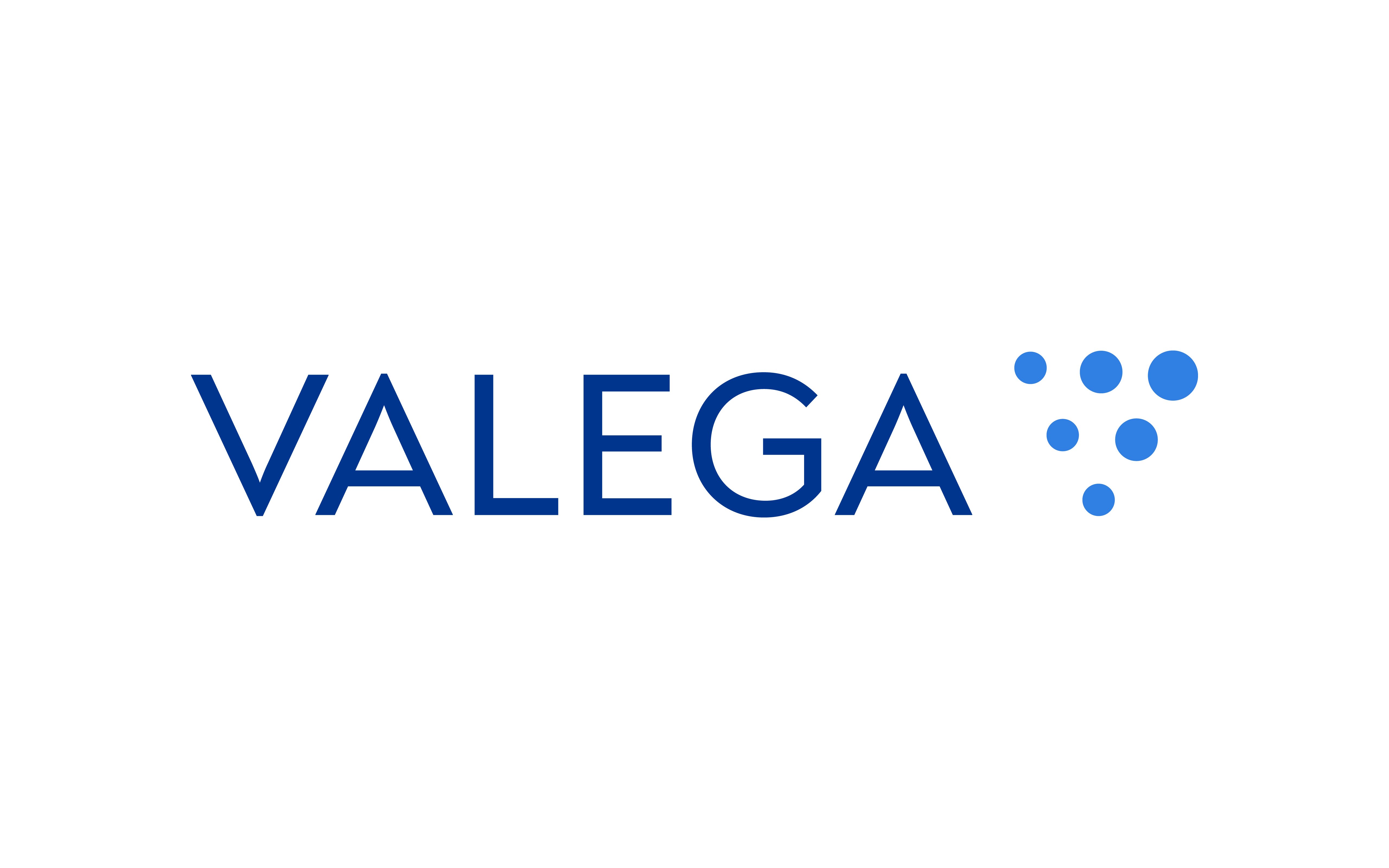How can Blockchain take the financial services industry to the next level?

Blockchain technology is a decentr…
Urgh, no, not starting like that.
By now we have read articles starting with that sentence enough times to understand that it is a major trend in the world and that companies are starting to look into how they will use it. This is not, yet one more article, about “what is blockchain?”. I’m going to assume you already have some basic idea of it.
It is very reminiscent of the growth of the trends such as AI and IoT a couple of years back. In the way these innovations took the software and machinery world by storm, Blockchain technology (even though it has it uses in various sectors) has spiked the interests of the financial world due to its most commonly used association; cryptocurrencies, mainly, Bitcoin.
The traditional financial industry, used to millions of transactions worth trillions daily, is now warming up to the technology, experimenting with Blockchain for transparency and speed as well as looking into brokerage and custody of virtual currencies.
Why now? Actually... Why at all?
A big issue that has been troubling banks for years, has been transparency, security and public trust. The mainstream media has not helped either with articles about economic collapse of central banks, money laundering scandals, funneling of suspicious funds to suspicious people etc. Blockchain however, has shown to provide a good level of transparency, security and trust (not talking about scammers and such, they exist in all places. But the tech itself).
IBM, a company who has pioneered several fields at this point did start early and was one of the first major global companies to heavily market their usage and offering of Blockchain.
Financial institutions decided to join in on IBM’s pseudo-decentralized tech to see what it was all about. Some notable ones being the CLS Group, the London Stock Exchange Deutsche Bank, HSBC, Rabobank, Unicredit, Societé Generale, Nordea and others. It was soon easy to see that it facilitated several banking practices such as seamless transfers, cost savings as well as trade financing through platforms like we.trade.
Blockchain technology has the ability to reduce banking costs by up to $20 billion per year already next year according to Santander InnoVentures fund. It has already been tested in India where 11 banks got together to provide a blockchain based, B2B loan system. The results of it was that it cut costs, provided efficient transfers, showed transparency and provided security in its transactions. A good use case for the supply chain of money.
I have mentioned, in a previous article, cross border payments. Not only in terms of trade financing but actual payments. Payments, like the ones us mortals do on a normal day-to-day bank transfer.
A notable payment transfer system, the Ripple platform, showed early promises of a blockchain-based solution which could meet one of the finance industry’s most painstaking challenges: the snail speed and expensive cost of sending money overseas. The RippleNet, as they have creatively chosen to call it, allows its users to make real-time global payments in over 50 countries. Banks can use RippleNet to save hundreds of thousands or even millions of dollars each year due to its blockchain based transactions. It also enables inclusion of others who wouldn’t otherwise be trading/sending overseas which is an important part of getting the global economy running. Feels next level to me.
Don’t believe me?
Well...
“Customers who were not doing international transfers are now using the service, customers who were using international transfers are now doing it more, and customers who had gone to use fintech competition have come back because of the One Pay offering.” - Cedric Menager, CEO of One Pay FX, Santander
The major benefit of these cross-border payments, not only for banks, but also SME’s is the reduction of intermediaries and transaction errors enabling payments to arrive faster to suppliers. It can be a positive boost for profitability of small businesses due to cost savings and payment speeds. Even for private people, transferring money to their families in impoverished regions of the world is facilitated by this without too much hassle.
The technology is still in its infancy but the benefits of it are already here and traders (even rookie ones) are coming in, experimenting with virtual currency trade. Imagine in 5 years from now? Regulations are taking shape globally, monitoring and fraud prevention to reduce crime is already advancing at an unprecedented pace and much more.
So what is the takeaway?
How can this disrupt the Financial services industry?
- Increased transparency
- transaction times are cut down to seconds, minutes, or hours instead of days or weeks
- Reduction of intermediaries, thereby cutting costs and reducing risk of errors
We will see blockchain and cryptocurrencies develop over the next few years with a likely mass adoption of virtual currencies in some form. The beauty of it is that it is a very democratic system. Democratic in terms of access to information, how we transact and how we value things in a new and more inclusive way. It’s now up to the big banking leaders to decide what chapter in the book they’ll be on when future scholars study economic history.
What do you think? Are the banks ready for the next level? Will they be able to adapt? I think so.
WRITTEN BY
Sven Martinsson
Founding Partner and CEO
VALEGA Chain Analytics


